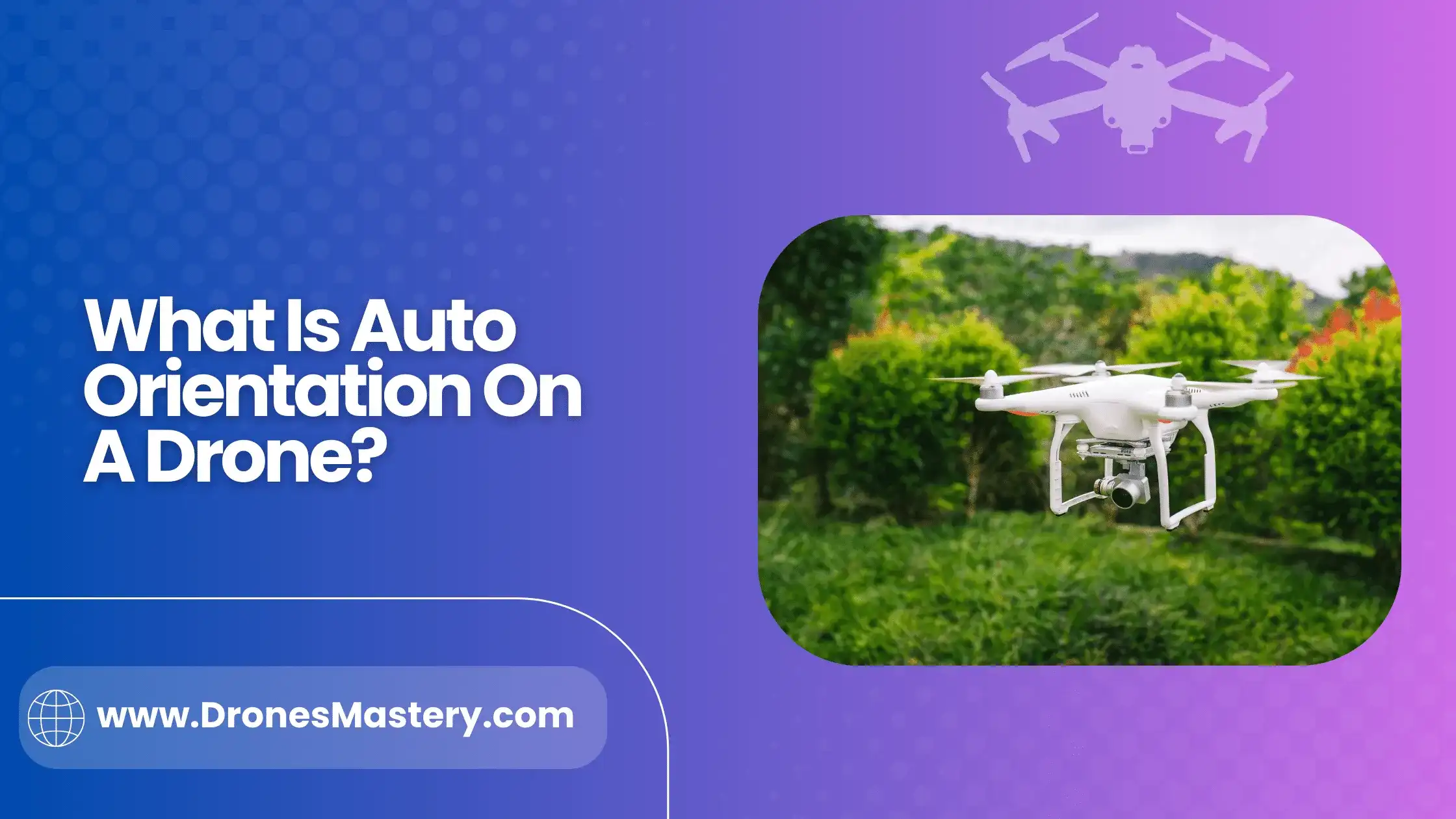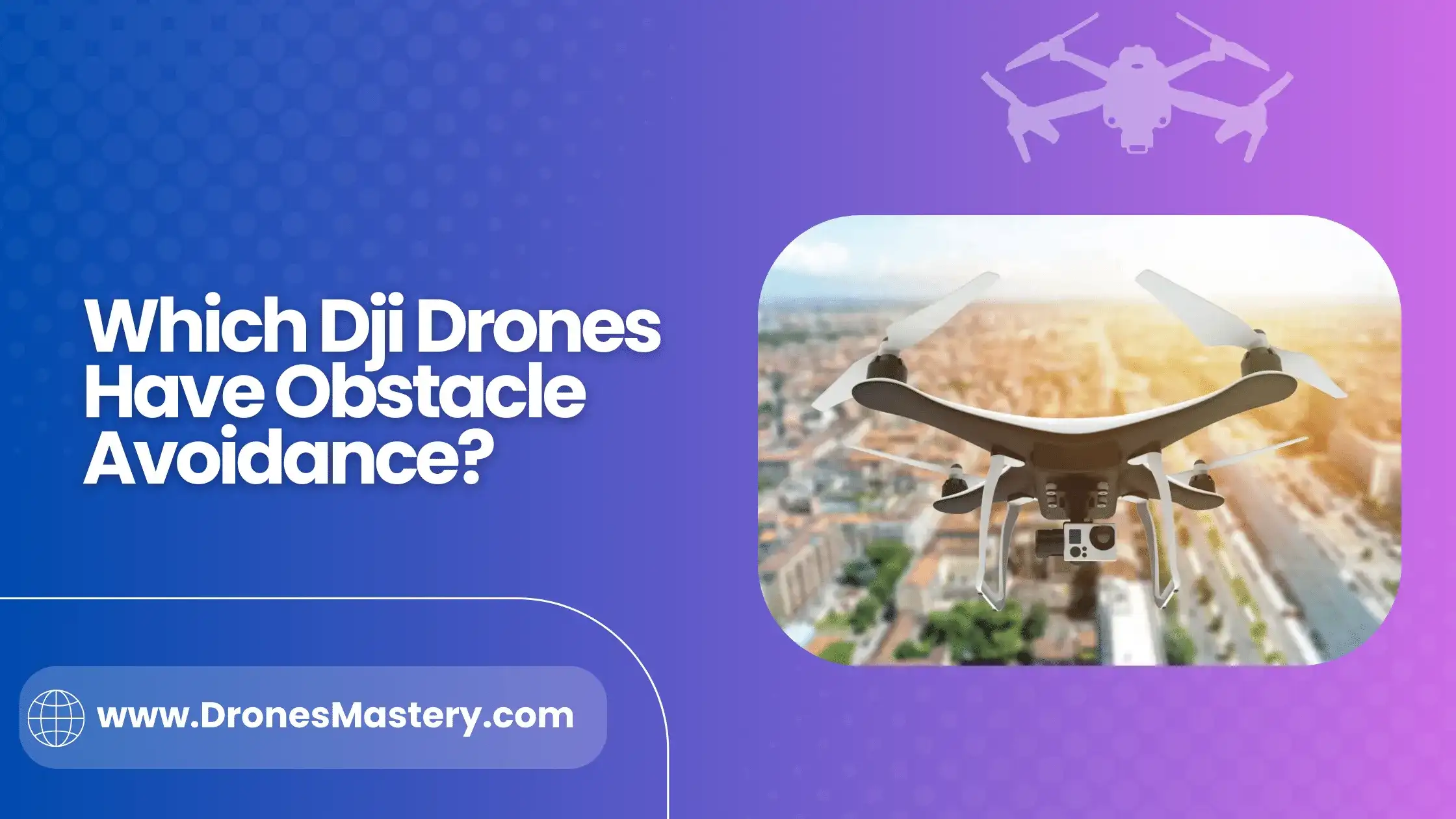From surveillance to destruction, drones have been used by the military for a variety of purposes since their initial use during the Vietnam War. This technology has revolutionized how modern wars are fought with cutting-edge capabilities and sophisticated weapons systems being used remotely without endangering lives. Hand-held 2,000 ft (600 m) altitude, about 2 km range. Close 5,000 ft (1,500 m) altitude, up to 10 km range. NATO type 10,000 ft (3,000 m) altitude, up to 50 km range. Tactical 18,000 ft (5,500 m) altitude, about 160 km range.
Here, we’ll explore these distinctions and outline why the power of remote control in today’s conflicts extends further than ever before.
Military unmanned aerial vehicles (UAVs) or military drones are a valuable asset for any security team doing perilous and sophisticated monitoring tasks. Autonomous drones are launched to fulfill a mission, all while being monitored by a human operator via a cutting-edge Ground Control Station (GCS).
Pilots can only track drones using satellites. A direct data link from a GCS or ground control station allows the drone to be directed from the moment it lifts off until it is out of sight. When the drone flies beyond the line of sight of the base station, the control signal is delivered via satellite. GPS coordinates are included in drone communications. The drone has the option of returning to its original spot.
The Essentials of Drone Control:
Drone control necessitates a sophisticated system that combines radio communications, sensors, and a complex computer-driven autopilot system. Understanding the fundamentals of remote control systems is critical for anyone wishing to operate a drone safely and effectively.
Drone control is fundamentally based on radio signal science. Radio waves are utilized to communicate with the UAV and deliver commands for the drone to follow. The transmitter, also known as the remote control, is often connected to a smartphone or computer, allowing the user to send signals to the drone from a distance. The transmitter is also used to receive information from the drone, such as its location, altitude, and speed.
Examining The Different Types of Drone Control Systems:
Today, drones are being used for various tasks across multiple industries. It is essential to understand the different types of drone control systems available and their features to make the most informed decisions when it comes to selecting a drone control system that suits your specific needs.
There are two primary categories of drone control systems: manual and autonomous control systems. Manual control systems require a pilot to directly control the drone via controllers or remote sticks. These systems are often used for recreational use and can be difficult to master, but they offer more precise control and greater maneuverability since pilots have full command of the drone movements.
Autonomous control systems are becoming increasingly popular due to their ease of use and ability to automate a range of tasks. Autonomous control systems use a combination of cameras, sensors, navigation software, and algorithms to pilot the drone. This type of system is ideal for tasks that require long periods of flight or repetitive tasks such as crop monitoring, mapping, and aerial photography.
The Various Types of Military-Grade Drones:
There are various types of military-grade drones available. When it comes to what drones are employed for, “military operations” is a broad term. There are several types of unmanned aircraft:
- Combat Drones
- Surveillance Drones
- Autonomous Drones
They all have varying abilities suited to their purpose, whether serving in the Air Force or a different military branch. In the meantime, if you’re looking into great consumer drones, try reading up on the Walkera GR x350 Pro review.
Here are some quick stats about some of the current models and types:
- Hand-held drones have a 2 km (1.25 miles) range
- NATO-type drones have a 50 km (31 miles) range
- High-speed hypersonic drones have a range of more than 200 kilometers (124 miles).
Combat Drones:
Combat drones are designed for military use and are typically armed with missiles, bombs, or other weapons to be used against enemy targets. These drones allow the user to carry out strikes without putting troops in harm’s way and can also be used for reconnaissance purposes.
Surveillance Drones:
Surveillance drones are usually smaller than combat drones and have mainly been utilized by government and law enforcement for surveillance purposes. These drones are equipped with cameras, microphones, sensors, and other devices to monitor the surrounding environment.
Autonomous Drones:
Finally, autonomous drones are used primarily for commercial purposes such as delivering goods or capturing aerial footage. Autonomous drones are programmed to follow a specific flight path and require minimal human interaction once they have been activated.
Conclusion:
The answer to the question of how far away military drones can be controlled depends on a number of factors. Depending on the type of drone, its range and payload as well as technological capabilities, remote pilots may be able to control them from great distances. With this in mind, it is likely that soon, these unmanned machines will no longer operate within visibility range but instead hundreds or even thousands of miles away. This will give us an extraordinary ability to send teams out into dangerous terrain without risk to anyone except those who are controlling them and could usher in an entirely new era of warfare.







